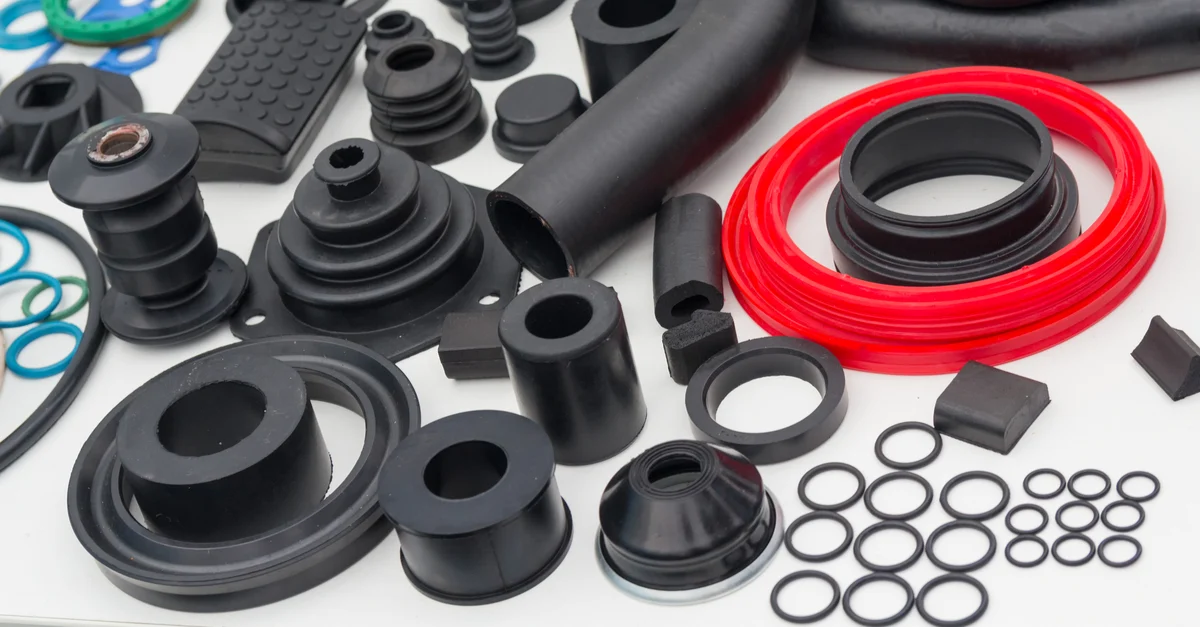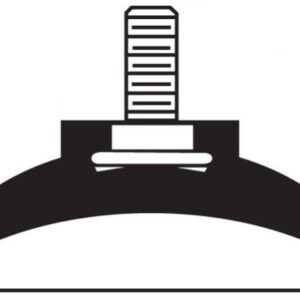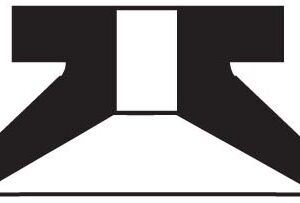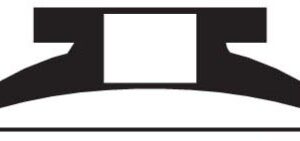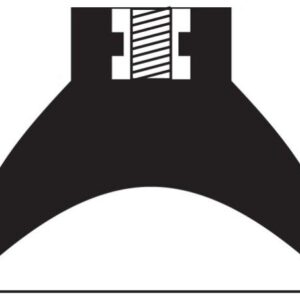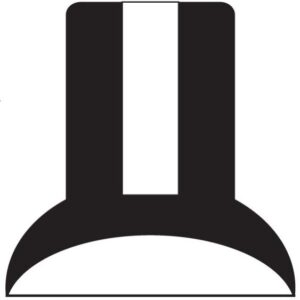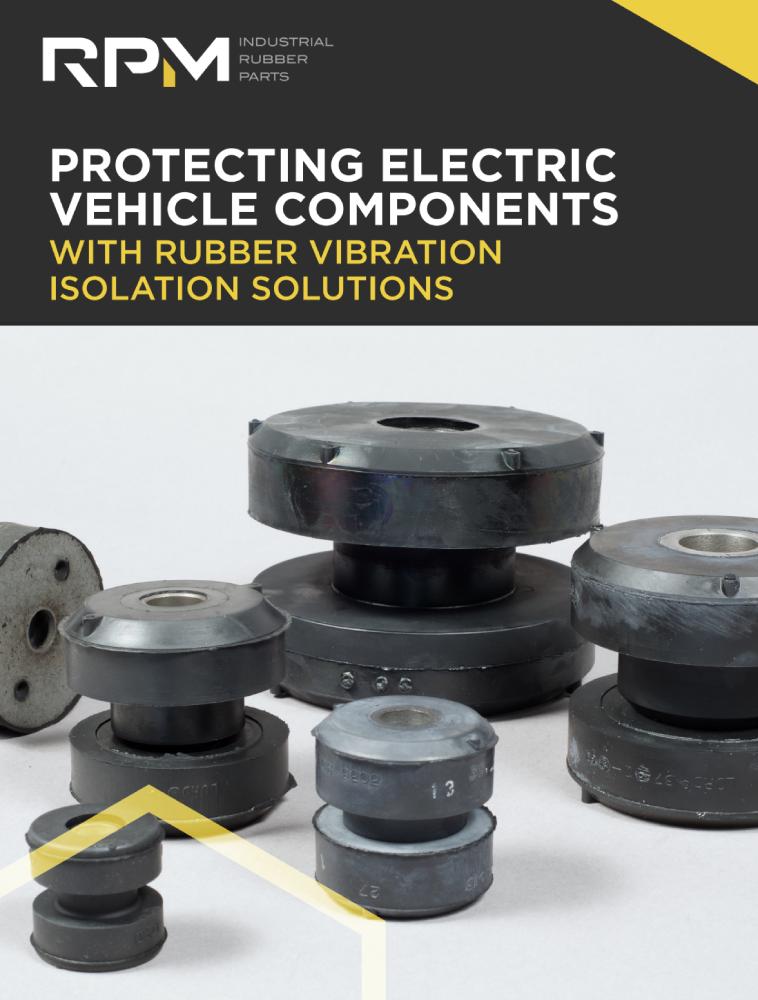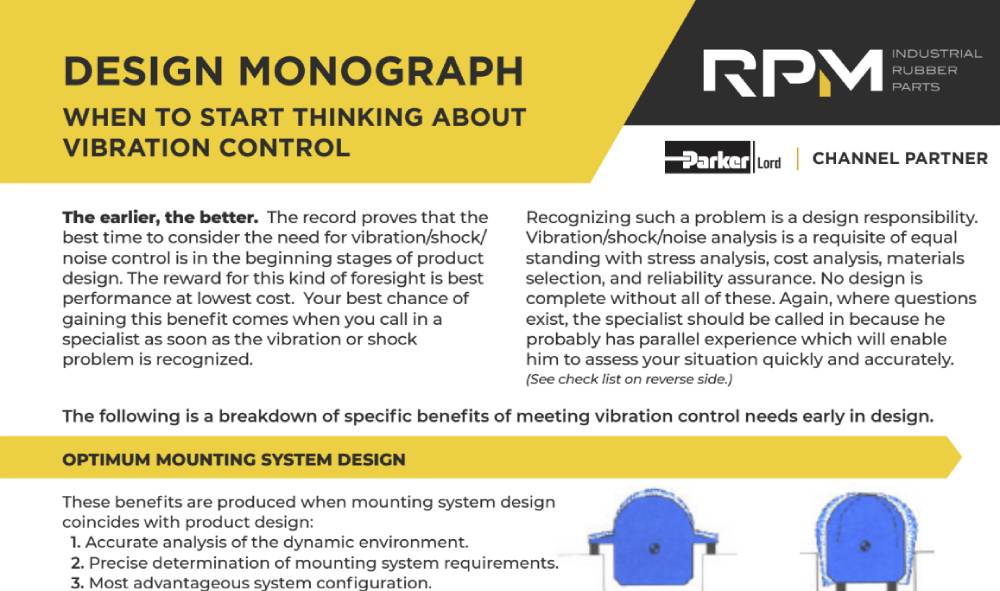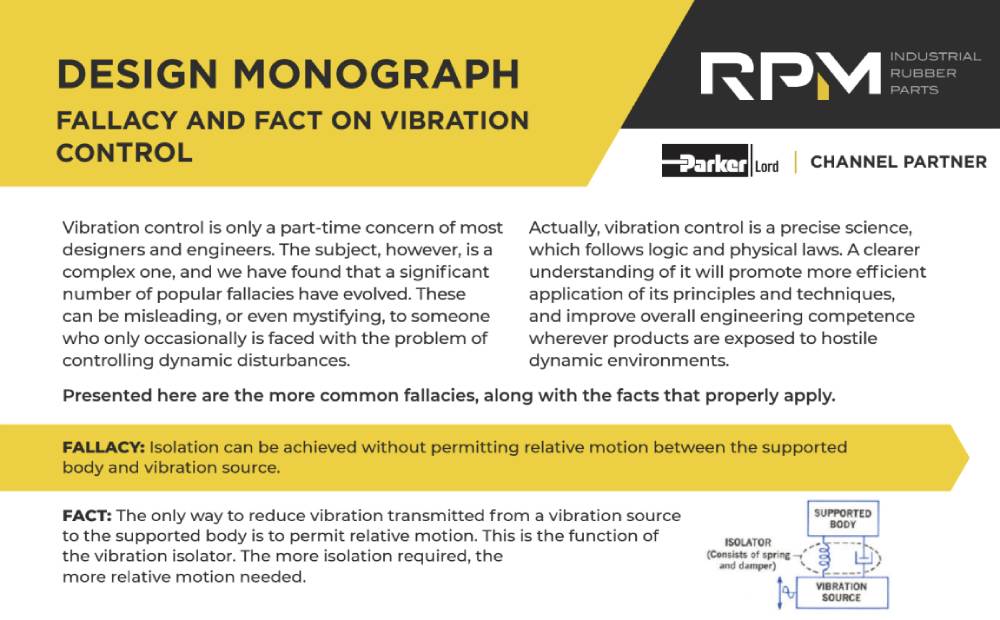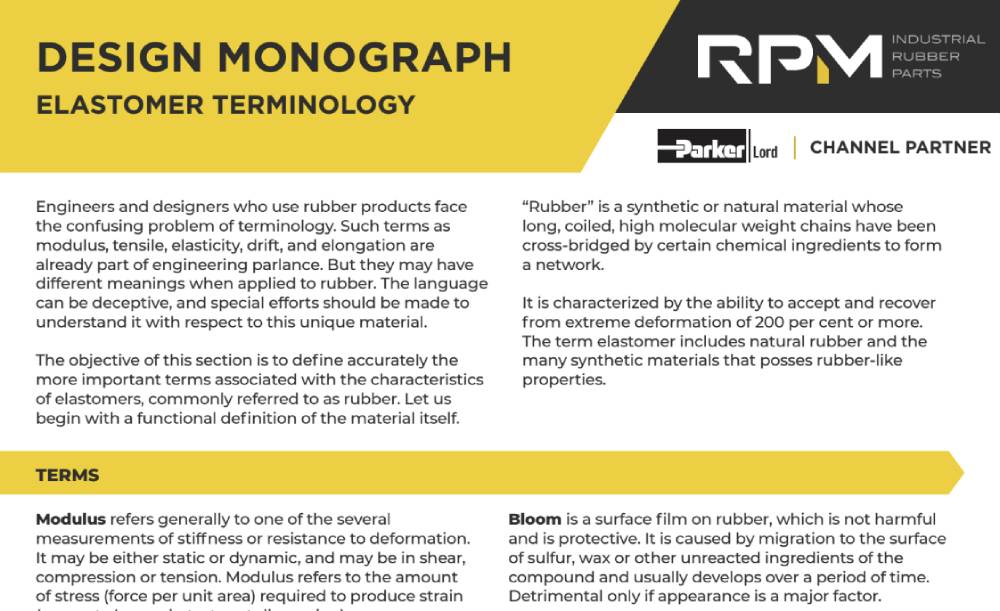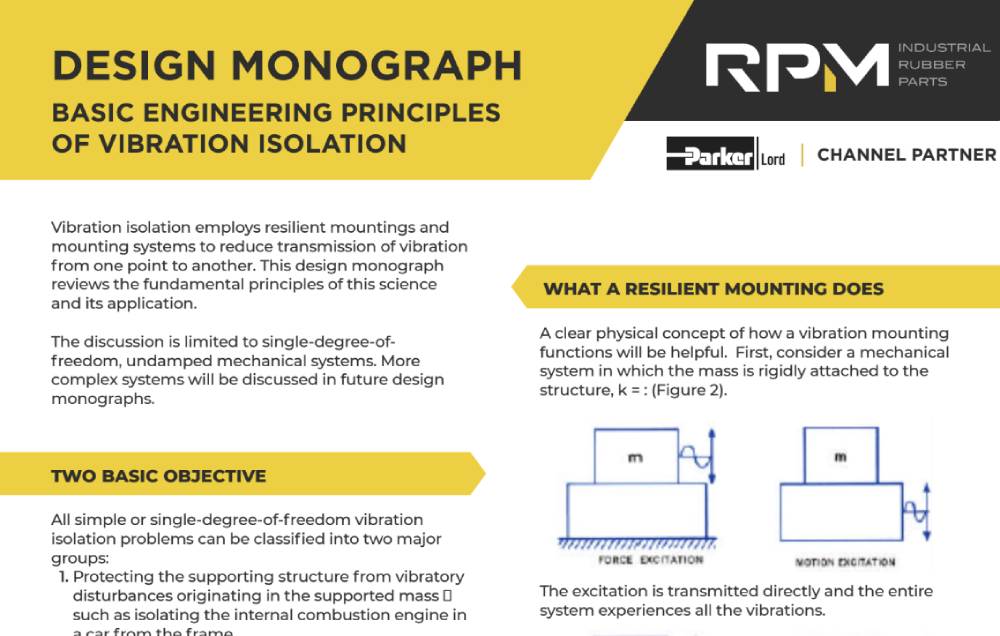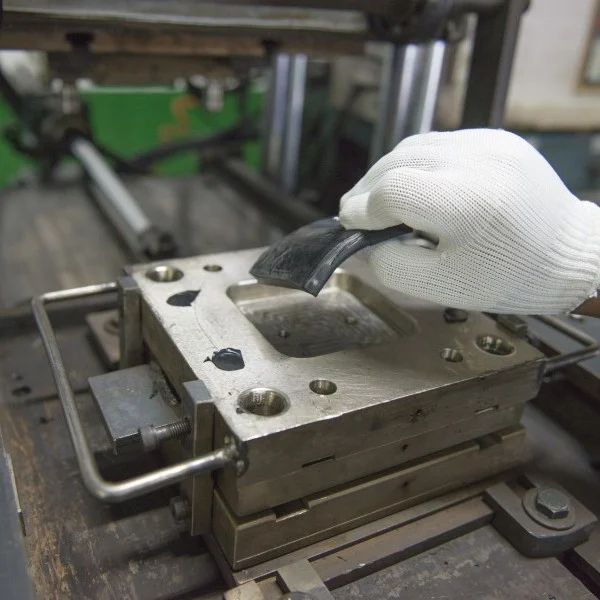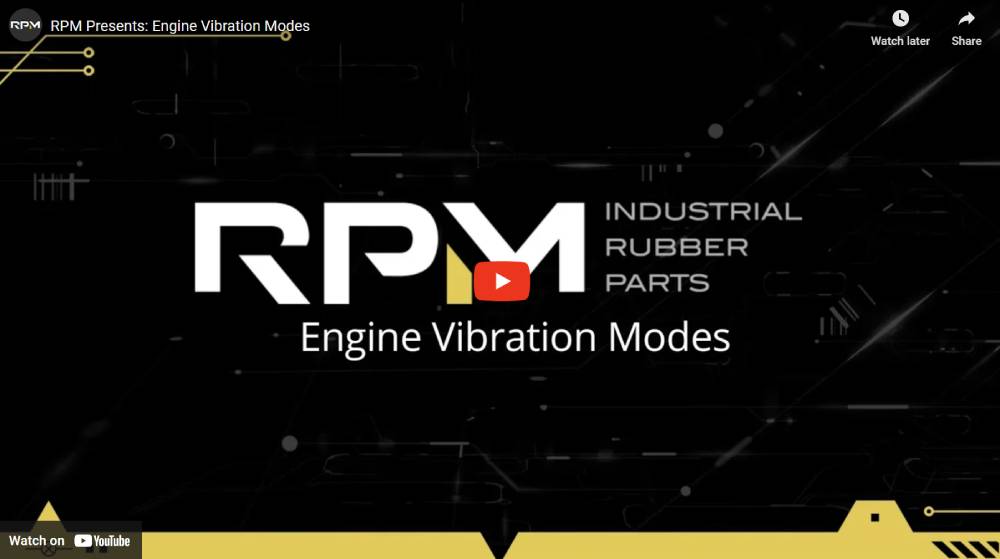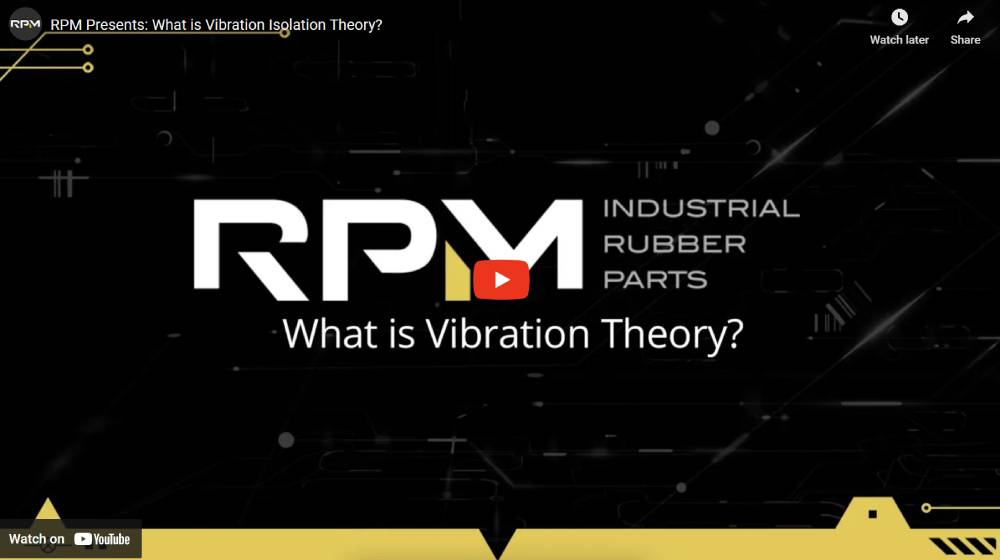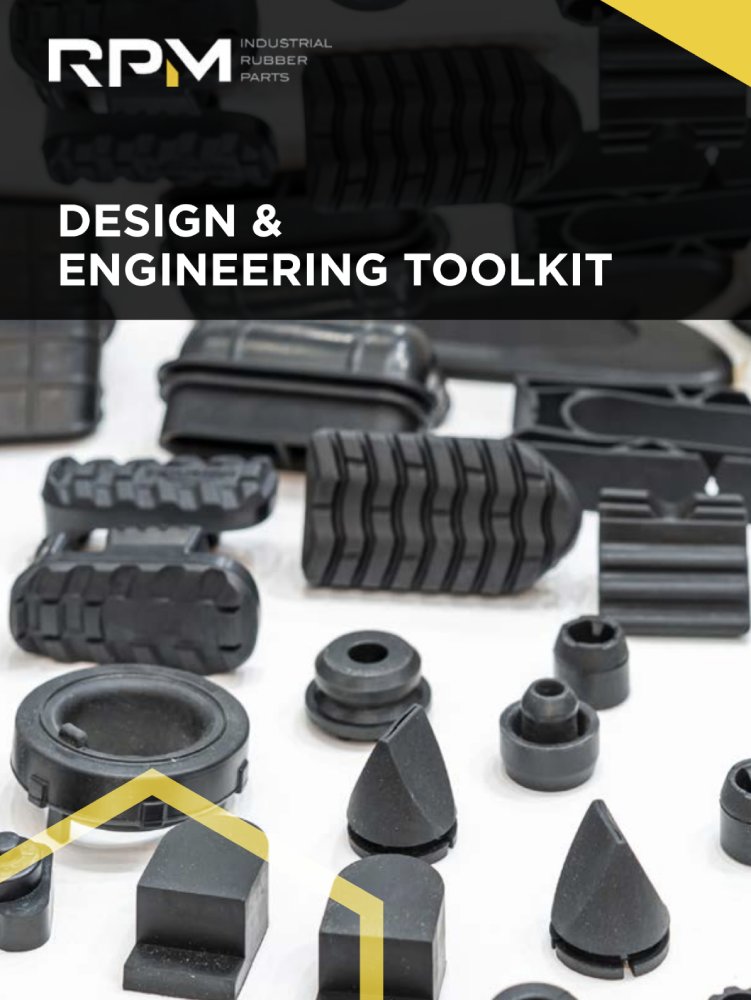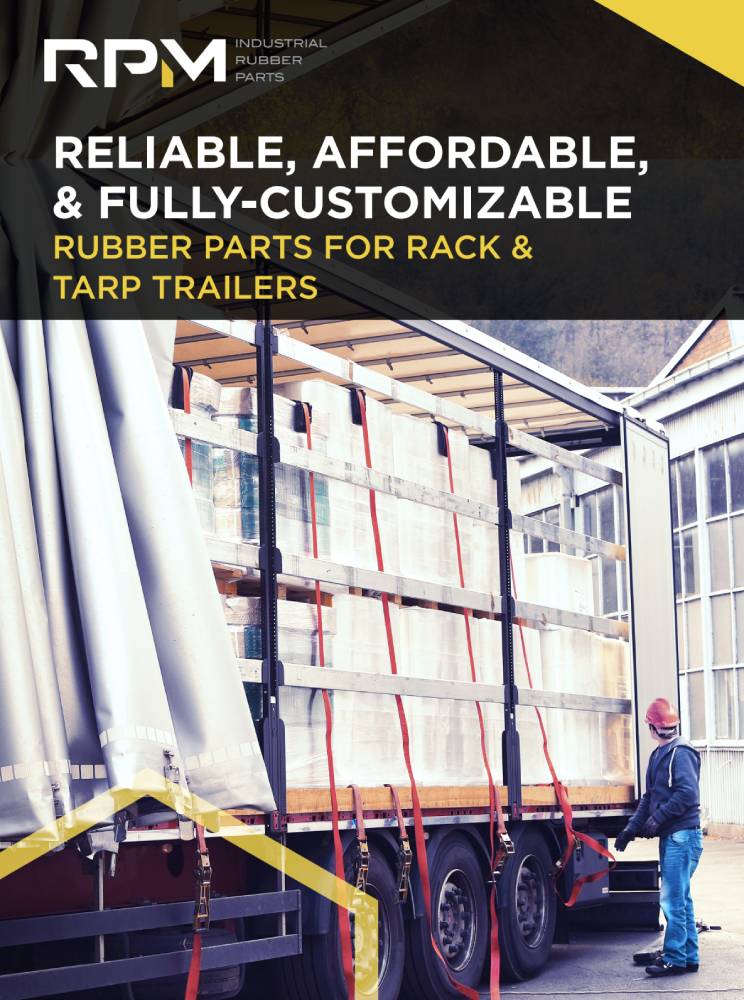Dive into the dynamic world of industrial rubber with our expert analysis of Natural Rubber vs. EPDM. Uncover the unique properties of EPDM, a game-changer in diverse applications, and learn how it stands against natural rubber in performance and versatility. Your authoritative guide to making informed choices starts here.
What is EPDM (Ethylene Propylene Diene Monomer)?
EPDM is a type of synthetic rubber.
Synthetic rubber is an artificial elastomer, typically a polymer, produced via chemical processes. Unlike natural rubber, which is derived from the latex sap of rubber trees, synthetic rubber is made from petroleum-based products and other chemicals through various polymerization processes.
EPDM is particularly valued for its superior durability, particularly in more challenging outdoor environments. EPDM’s excellent resistance to heat, ozone, weathering, and aging, allows it to be deployed across a wide range of applications.
Why Synthetic Rubber?
The invention and development of synthetic rubber have been primarily driven by two key factors: limitations in the supply of natural rubber and industrialization’s increasing demand for rubber.
Limited Natural Rubber Supply
Natural rubber, derived from the latex of rubber trees, was the only source of rubber until the early 20th century. However, rubber trees were predominantly grown in certain regions like Southeast Asia, leading to supply vulnerabilities. This geographical concentration made the supply of natural rubber susceptible to disruptions due to political, economic, or environmental factors.
World Wars and Supply Shortages
The most significant push for the development of synthetic rubber came during World War II. The Axis powers’ control over key rubber-producing regions in Southeast Asia cut off the Allied forces from their primary source of natural rubber, a critical material for the war effort, particularly for tires, gaskets, hoses, and other military equipment. This shortage made the development of an alternative rubber source a strategic imperative.
Technological and Industrial Advancements
The burgeoning automotive industry in the early 20th century significantly increased the demand for rubber, outpacing the supply capabilities of natural rubber. This demand spurred research into synthetic alternatives that could be produced more reliably and in larger quantities.
Scientific Innovation
Advances in polymer chemistry and industrial processes in the early 1900s laid the groundwork for the creation of synthetic rubber. The development of polymerization techniques allowed scientists to create artificial rubber with properties similar to or even better than natural rubber in some respects.
The first commercially viable synthetic rubber, known as Neoprene, was developed by DuPont in 1931. Subsequent developments during and after World War II led to the creation of various types of synthetic rubber, such as Styrene-Butadiene Rubber (SBR) and Butadiene Rubber (BR), which have become integral to many industries worldwide. The continued evolution of synthetic rubber has been marked by improvements in performance, efficiency, and environmental sustainability.
Common Applications and Uses for EPDM Rubber
EPDM rubber’s durability and resilience make it preferable for deployment across a wide range of industries. Some of the most common applications include:
Automotive Parts
EPDM is extensively used in the automotive industry for door seals, window seals, trunk seals, and hood seals. Its weather resistance and durability make it ideal for these applications.
Roofing Membranes
Due to its resistance to UV rays, ozone, and extreme weather conditions, EPDM is a popular choice for flat and low-slope roofing membranes in commercial and residential buildings.
Weatherstripping and Seals
EPDM’s excellent weather resistance properties make it suitable for use in weatherstripping for windows and doors, helping to insulate buildings and improve energy efficiency.
Waterproofing in Construction
Its water resistance makes it ideal for use in liners for ponds, pools, and water storage tanks, as well as in foundation and basement waterproofing systems.
Hoses and Tubing
EPDM is used in radiator hoses, air intake hoses, and other types of tubing in vehicles, as well as in garden hoses, due to its heat and chemical resistance.
Electrical Insulation
Its electrical insulating properties make it suitable for use in electrical cable jointing and insulation.
Rubber Gaskets and O-Rings
EPDM’s resistance to heat and chemicals makes it a good material for gaskets and O-rings used in plumbing, heating, and air conditioning systems
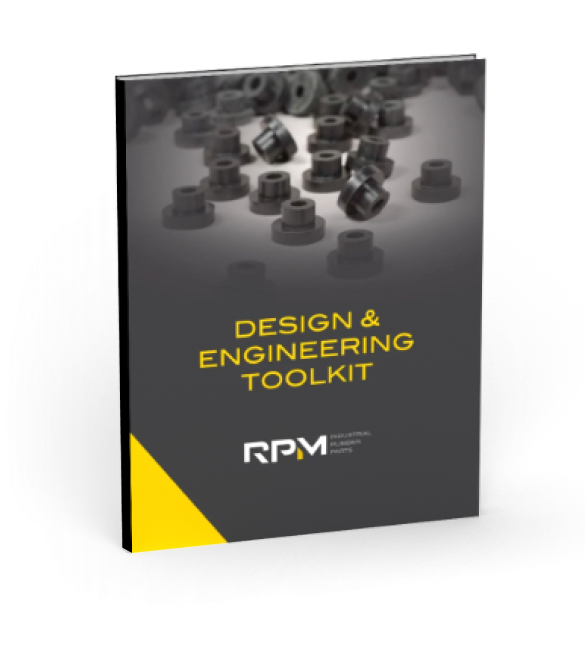
Do you really know everything about designing with rubber parts?
Get a free and valuable resource for finding or custom designing the exact part you need.
Common Use Cases for EPDM Rubber
EPDM rubber’s durability and resilience make it ideal for use across a wide range of industries.
Common applications for EPDM rubber include:
Vibration Damping Components: EPDM’s ability to absorb vibrations and resist degradation under dynamic stress is beneficial in manufacturing vibration damping components, such as mounts and bushings, particularly in the automotive industry.
Weather Seals and Gaskets: EPDM’s excellent resistance to weathering, UV radiation, and ozone makes it ideal for outdoor weather seals and gaskets. This includes automotive weather seals, window and door seals in buildings, and seals in outdoor electrical enclosures.
O-Rings and Seals for Fluid Handling: EPDM is used in O-rings and seals in plumbing and heating systems, as it is resistant to hot water and steam, as well as certain chemicals and mild acids.
Hoses and Tubing: EPDM’s resistance to heat, steam, and chemicals makes it suitable for various types of hoses and tubing, such as radiator hoses in vehicles, steam hoses, and garden hoses.
Automotive Parts: Beyond seals and hoses, EPDM is used in a variety of under-the-hood automotive parts due to its heat resistance and durability.
Roofing Membranes: Due to its durability and resistance to extreme weather conditions, EPDM is widely used in roofing membranes for flat and low-slope roofs. It provides long-term protection against water and weather damage.
Electrical Insulation: Its excellent electrical insulating properties make EPDM a good choice for electrical cable insulation, especially in outdoor applications.
Pond Liners and Water Storage: Its water resistance and environmental stability make EPDM suitable for pond liners, water storage tanks, and irrigation systems.
Outdoor and Playground Equipment: EPDM’s durability and safety properties make it a common material for outdoor playground surfaces and equipment.
These applications leverage EPDM’s unique properties, such as its resistance to environmental factors, heat, and certain chemicals, making it a versatile material in various industrial and commercial contexts.
Comparison of Natural Rubber to EPDM Rubber
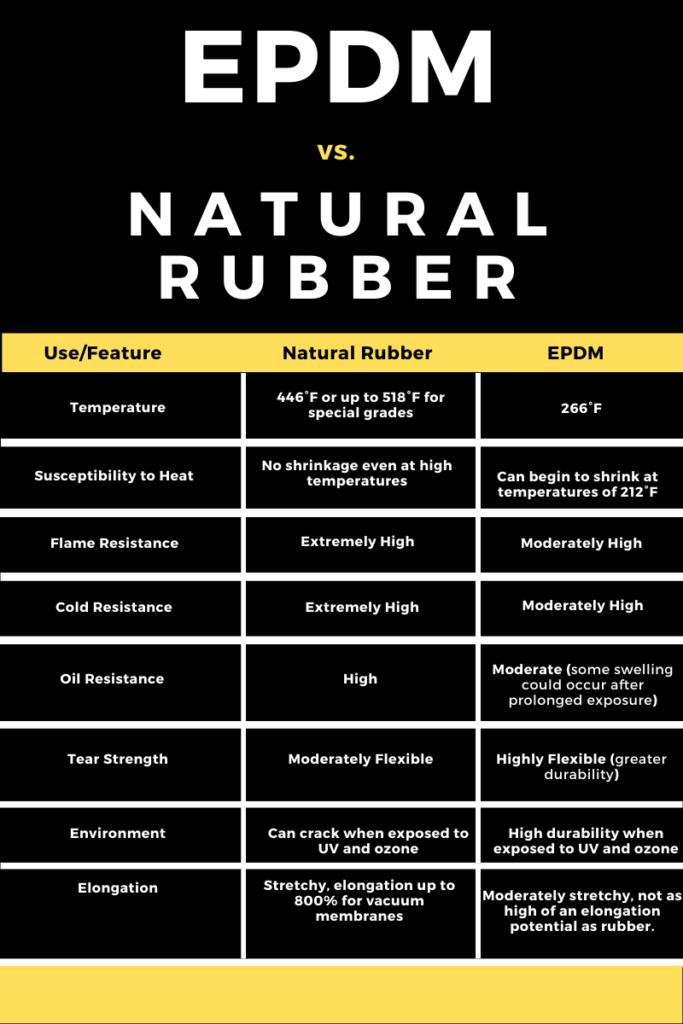
RPM Industrial Rubber can solve all your EPDM needs.
RPM’s deep expertise ensures that clients receive the most suitable material recommendations, tailored to their specific application needs. An expertise that translates into enhanced product performance and longevity, particularly in challenging industrial environments. RPM’s experience in the field allows for innovative solutions, often leading to cost-effective and efficient production processes. Clients will benefit from RPM’s commitment to quality, ensuring that the rubber products they receive meet the highest standards of durability and reliability. While RPM’s knowledge of the latest trends and advancements in rubber technology means customers will always have access to cutting-edge solutions. Our exceptional customer service is founded on providing not just products to our customers, but valuable guidance and support throughout the selection and implementation process.
Discover how RPM Industrial Rubber’s tailored solutions and expert guidance can revolutionize your approach to industrial rubber needs – contact us now to explore a world of possibilities!
Related Resource
The Engineer’s 7-minute Guide to Rubber Molded Parts
Our free resource is a quick-reference guide to help you determine if exploring a rubber part is right for your application.









